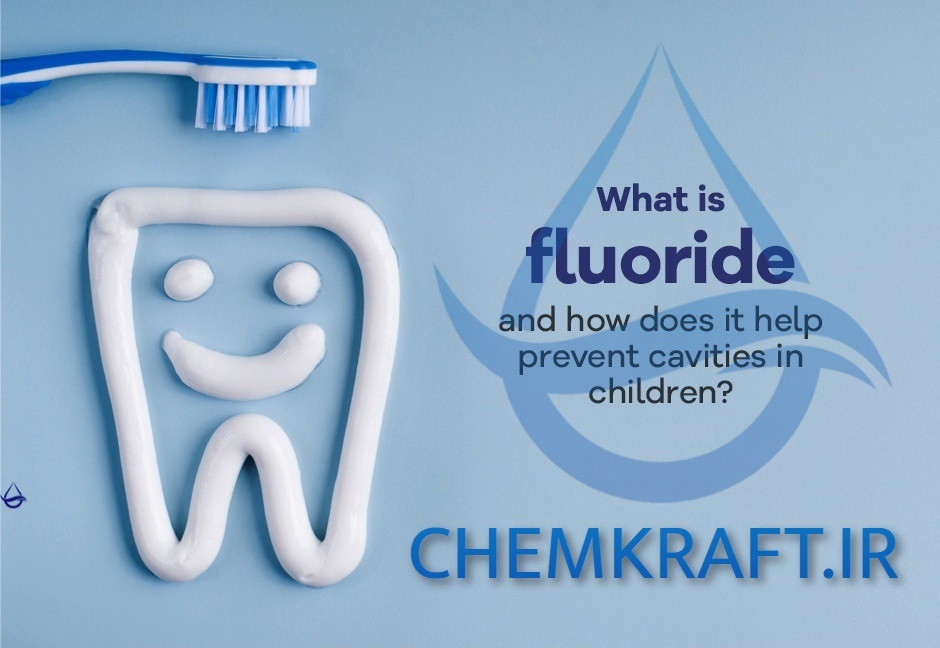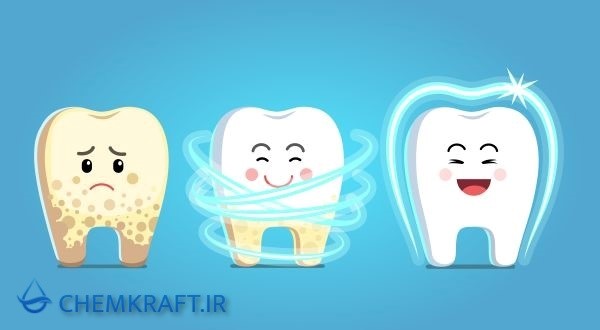Definition
Sodium fluoride, a compound composed of sodium and fluoride ions, has gained significant attention for its applications in dental hygiene. This essay aims to explore the various uses and benefits of sodium fluoride in maintaining oral health.
Main Application
To begin with, sodium fluoride is commonly found in toothpaste, mouth rinses, and dental gels due to its ability to prevent tooth decay. It assists in the remineralization process by strengthening tooth enamel, making it more resistant to acid attacks from bacteria. Fluoride works by increasing the density of enamel, making it harder and less prone to cavities.

Other Applications
Furthermore, the applications of sodium fluoride extends beyond toothpaste and mouth rinses . Dentists often apply fluoride treatments in the form of gels or varnishes during routine dental cleanings. This helps people who are at high risk of tooth decay, such as children and individuals with poor oral hygiene habits. The topical application of fluoride can significantly reduce the incidence of cavities and promote better oral health.
Moreover, sodium fluoride plays a crucial role in community water fluoridation. This public health measure involves adjusting the natural fluoride levels in water to the optimal concentration for dental health. Regular consumption of fluoridated water helps improve the overall oral health of a population by reducing tooth decay rates, particularly among socioeconomically disadvantaged groups who may have limited access to dental care.
In addition to preventing tooth decay, sodium fluoride has also been found to help combat tooth sensitivity. It reduces nerve sensitivity by blocking open dentinal tubules, which are tiny channels in the teeth that transmit sensations from the external environment. This application is particularly useful for individuals who experience discomfort or pain when consuming hot, cold, or acidic foods and drinks.
Furthermore
sodium fluoride aids in the prevention and treatment of gum disease, also known as periodontal disease. Regular use of fluoride-based dental products or professional fluoride treatments can help reduce gum inflammation and promote gum health. It achieves this by inhibiting the growth of bacteria in dental plaque and reducing plaque accumulation, which are common contributors to gum disease.
Additionally, sodium fluoride is safe for use in oral hygiene products when used as directed. Extensive research and studies have confirmed its effectiveness and safety when used in appropriate concentrations. It is important to note that excessive consumption of fluoride can lead to dental fluorosis, a condition characterized by enamel discoloration. However, when used in regulated amounts, sodium fluoride provides numerous advantages without any significant risks.
By the way
Moreover, sodium fluoride applications offers cost-effective dental care solutions. Regular use of fluoride toothpaste and mouth rinse can significantly reduce the occurrence of dental problems and subsequent expenses related to dental treatments. From a public health standpoint, community water fluoridation is highly cost-effective compared to the cost of dental treatments for individuals affected by tooth decay.
Furthermore, the use of sodium fluoride in oral hygiene practices has contributed to the overall decline in tooth decay rates worldwide. It has played a substantial role in improving the oral health of populations by making preventive measures easily accessible and affordable. This has led to fewer tooth extractions, fewer instances of chronic infection, and overall better quality of life relating to oral health.
In conclusion
sodium fluoride is an essential component in dental hygiene practices. From its role in preventing tooth decay and reducing tooth sensitivity to its effects in combating gum disease, sodium fluoride has proven to be an effective and safe tool in maintaining optimal oral health. Its incorporation in various oral hygiene products and community water fluoridation programs ensures that people of all ages and socioeconomic backgrounds can benefit from its dental health advantages.


